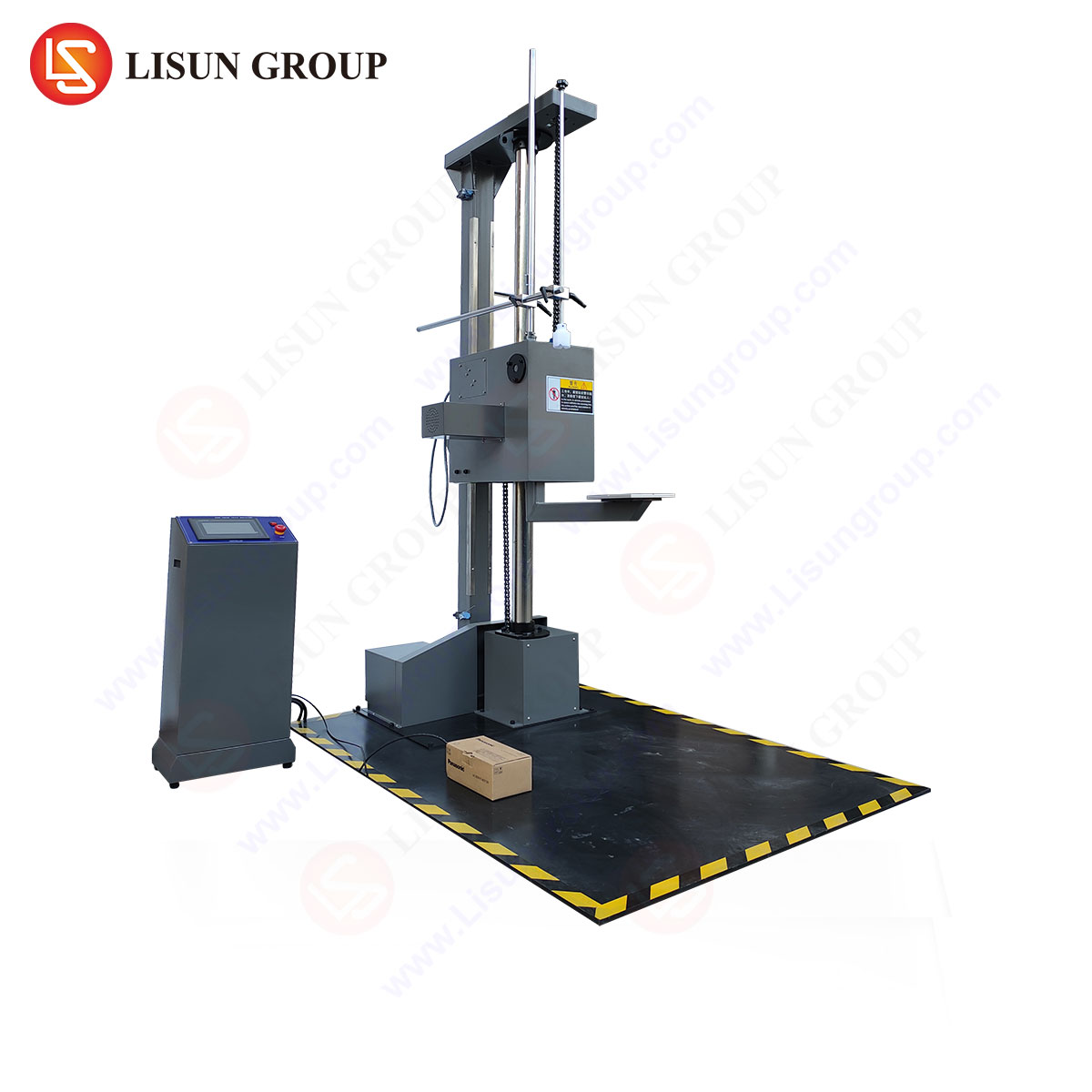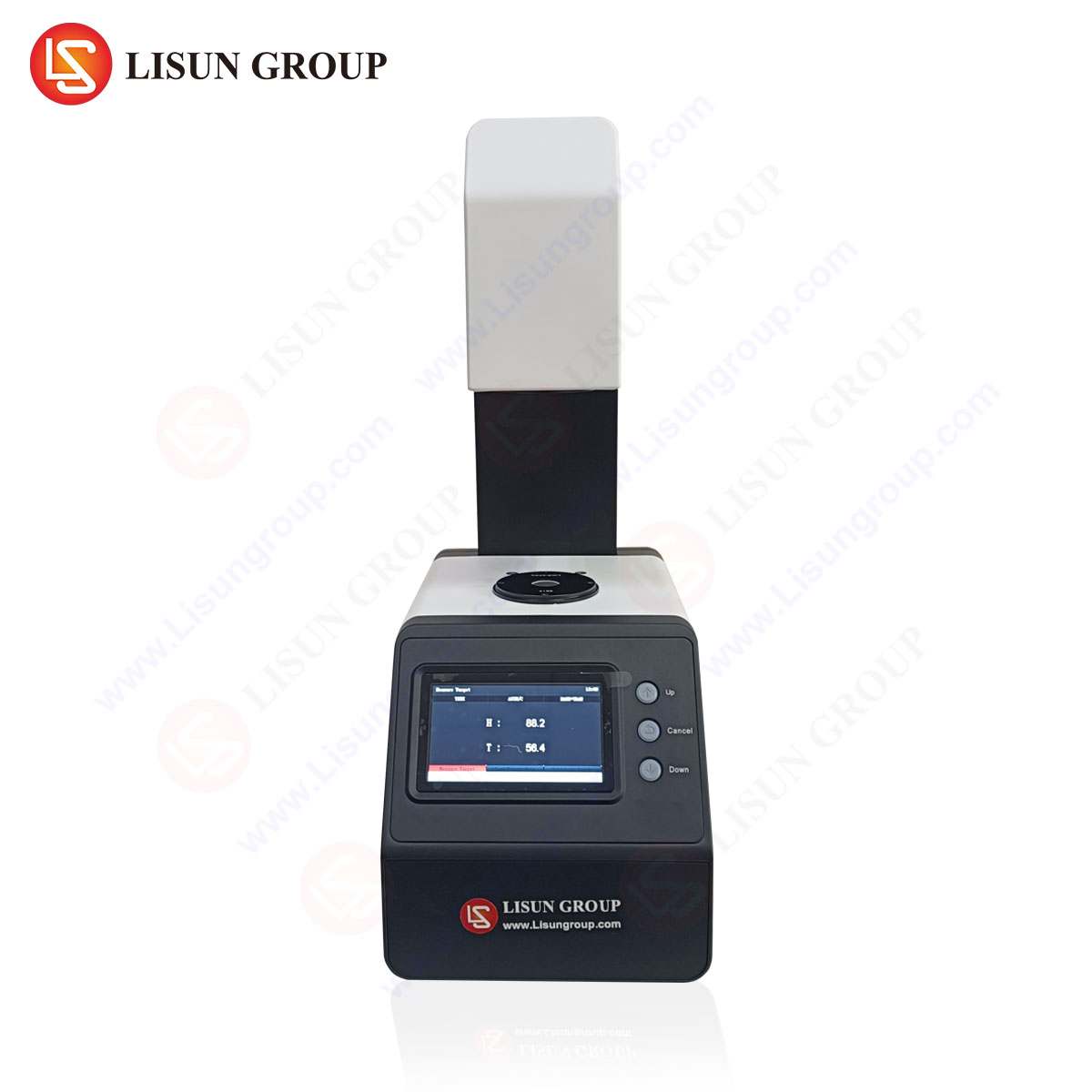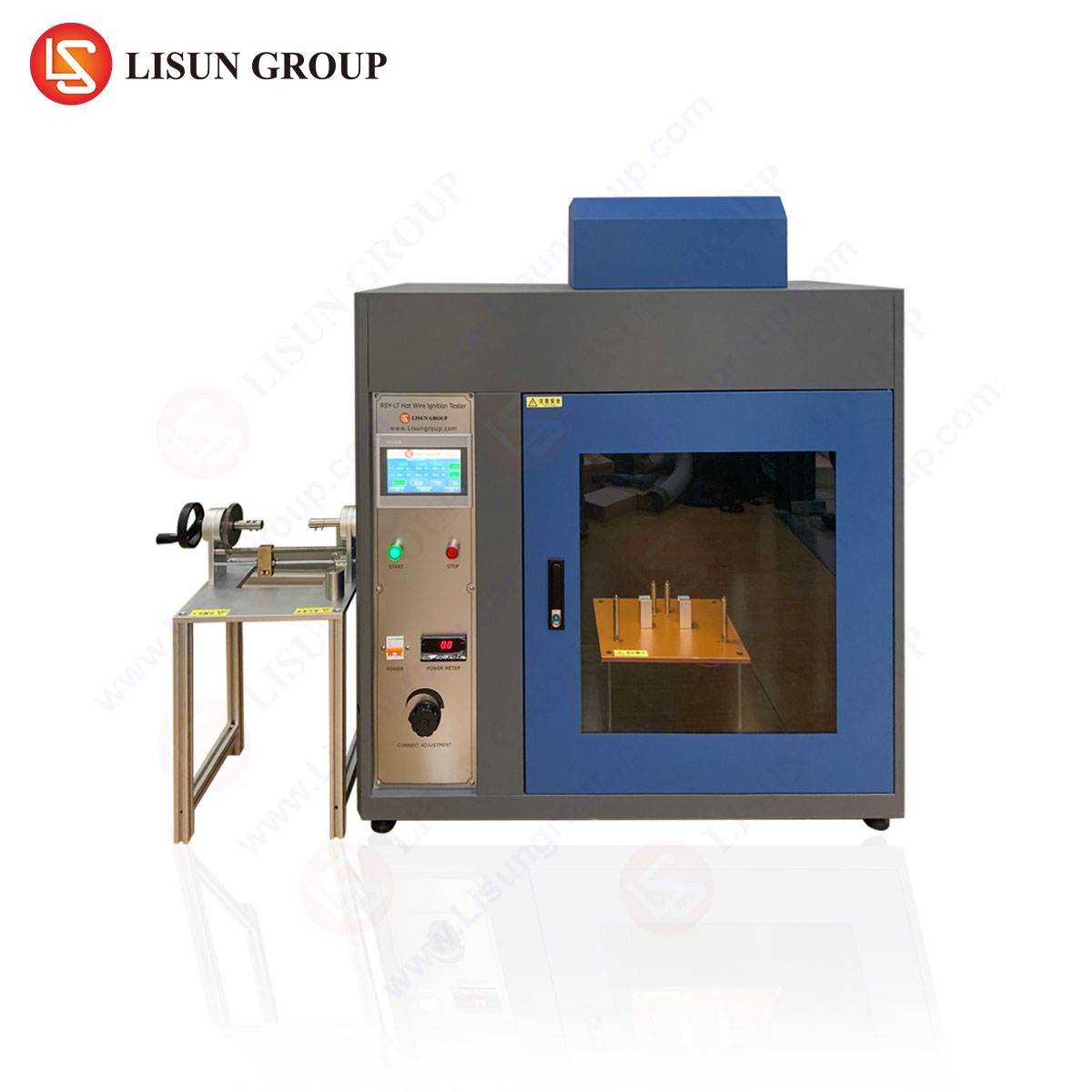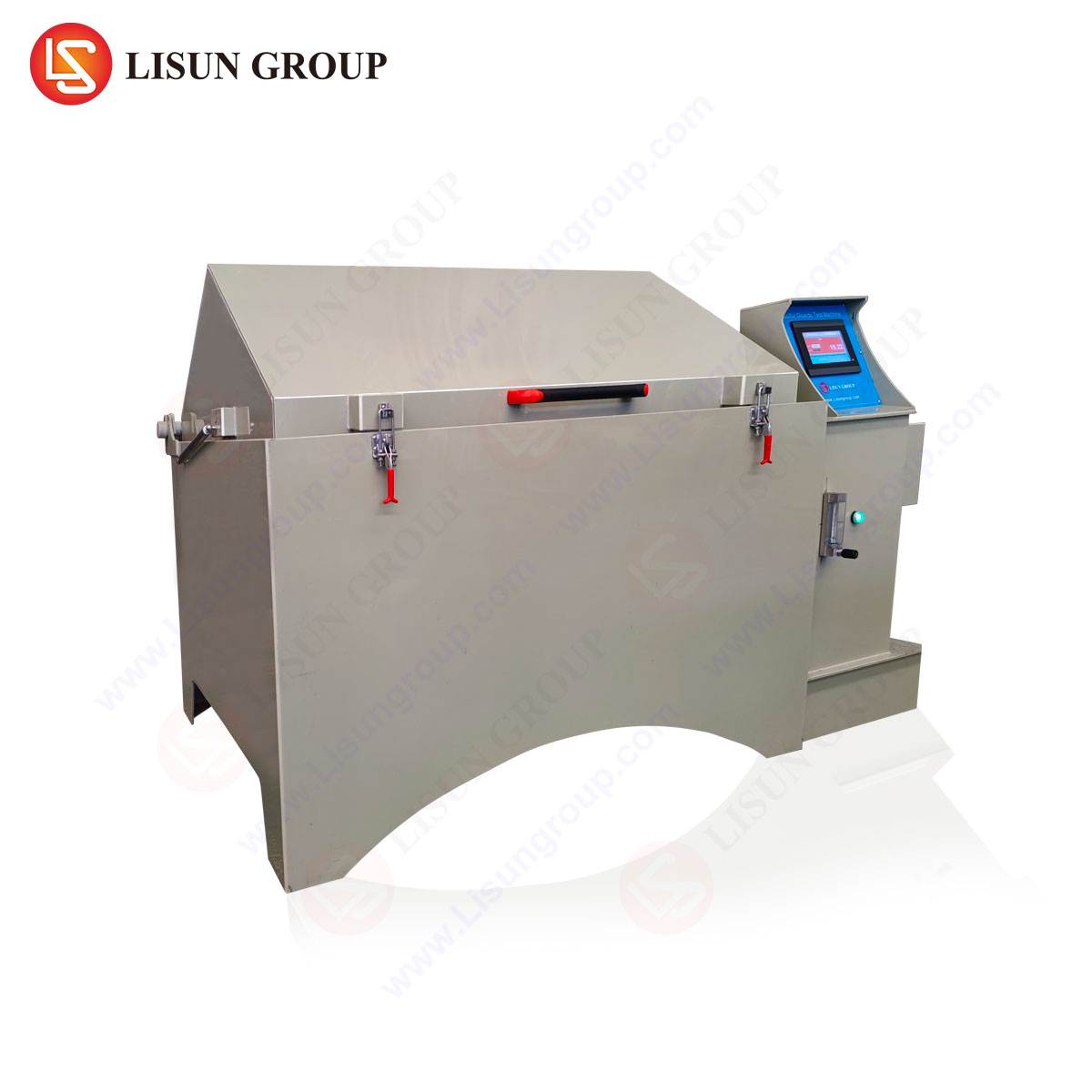Evaluating Material Durability in Aggressive Chemical Environments
The operational lifespan and functional integrity of a vast array of modern industrial products are critically dependent on the corrosion resistance of their constituent materials. Among the most pervasive and destructive environmental threats are acidic and sulphurous atmospheres, which can rapidly degrade metals, polymers, and composite structures. The systematic testing of material resistance to these conditions is not merely a quality control step but a fundamental component of product design, reliability engineering, and failure mode analysis. This article delineates the methodologies, standards, and apparatus employed in the quantitative assessment of acid and sulphurous corrosion resistance, with a specific focus on sulphur dioxide (SO₂) testing as a principal accelerated evaluation technique.
The Electrochemical Mechanisms of Acidic and Sulphurous Attack
Corrosion in acidic and sulphurous environments is predominantly an electrochemical process. Acidic corrosion, often involving mineral acids like sulfuric (H₂SO₄) or hydrochloric (HCl), typically manifests as uniform attack or pitting on metallic surfaces. The hydrogen ion (H⁺) concentration drives the cathodic reaction, leading to metal dissolution and hydrogen evolution. Sulphurous corrosion, however, is more complex and insidious. Sulphur dioxide, a common industrial pollutant, dissolves in atmospheric moisture to form sulphurous acid (H₂SO₃), a potent electrolyte that initiates corrosion. This process can be autocatalytic; the initial corrosion products, such as iron sulfates, are often hygroscopic and can form a corrosive electrolyte even at lower relative humidity, perpetuating the degradation cycle. For non-metallic materials, including polymer coatings and electronic encapsulants, the attack is often chemical, leading to chain scission, plasticization, loss of mechanical properties, and eventual structural failure. Understanding these mechanisms is paramount to designing effective test protocols that accurately simulate years of field exposure within a condensed laboratory timeframe.
Standardized Test Methodologies for Accelerated Corrosion Assessment
International standards bodies, including the International Electrotechnical Commission (IEC) and the International Organization for Standardization (ISO), have established rigorous test methods to ensure consistency and reproducibility. Key standards include IEC 60068-2-42 and IEC 60068-2-43, which specify the procedures for testing specimens in a controlled atmosphere containing sulphur dioxide. These standards define critical parameters such as gas concentration, temperature, relative humidity, and the cyclical nature of the test (e.g., wet/dry cycles). The tests are not designed to precisely replicate a specific natural environment but to provide a severely accelerated, yet controlled, corrosive atmosphere that allows for comparative ranking of materials and protective coatings. The pass/fail criteria are typically based on post-test visual inspection for corrosion products, pitting, blistering, or cracking, supplemented by measurements of electrical conductivity, mechanical strength, or functional performance.
The Role of Sulphur Dioxide Test Chambers in Material Qualification
The central apparatus for conducting accelerated sulphurous corrosion testing is the sulphur dioxide (SO₂) test chamber. These specialized environmental chambers are engineered to maintain precise and uniform conditions of temperature, humidity, and SO₂ gas concentration. The testing principle involves exposing test specimens to a sealed environment containing a specified volume of SO₂ gas—commonly at concentrations of 0.1% to 1.0% by volume—at an elevated temperature (e.g., 40°C ± 2°C) and high relative humidity (e.g., 100% RH). The test is typically conducted in cycles, where the chamber conditions are maintained for a period (e.g., 8 or 24 hours), often followed by a period of ambient recovery. This cycling induces stress that can accelerate the formation of corrosion products and reveal vulnerabilities in protective systems that constant exposure might not.
Operational Principles of the SQ-010 Sulphur Dioxide Test Chamber
The LISUN SQ-010 sulphur dioxide test chamber exemplifies the technological implementation of these standardized testing principles. The chamber is constructed from corrosion-resistant materials, such as PTFE (Teflon) and advanced polymers, to ensure the longevity of the apparatus itself when exposed to the aggressive internal atmosphere. Its operational principle is based on a precise gas dosing system that injects a metered volume of SO₂ into the test chamber, which is then uniformly circulated by an internal fan system. A critical feature is the chamber’s sophisticated humidity and temperature control system. A built-in humidification system, often using a heated water reservoir, generates saturated water vapor to maintain the required high relative humidity, while a dedicated heating system controls the ambient temperature with a high degree of stability.
The SQ-010 is designed with a digital microcomputer controller that allows for the programmable automation of test cycles. Operators can input parameters for temperature, humidity, SO₂ concentration, and test duration. The controller continuously monitors the internal environment and makes fine adjustments to the heating, humidification, and gas injection systems to maintain the setpoints, ensuring test repeatability. Safety is integral to the design, with features including gas leak detection, over-temperature protection, and automatic safety purging at the conclusion of a test cycle to safely evacuate residual SO₂ gas.
Table 1: Key Specifications of the SQ-010 Sulphur Dioxide Test Chamber
| Parameter | Specification |
| :— | :— |
| Internal Volume | 300 Liters (Standard) |
| Temperature Range | RT +10°C to +50°C |
| Temperature Fluctuation | ±0.5°C |
| Temperature Uniformity | ±2.0°C |
| Relative Humidity Range | 80% to 100% RH |
| SO₂ Concentration | 0.1% to 1.0% (vol/vol) adjustable |
| Chamber Material | PTFE (Teflon) Interior |
| Controller | Digital Microcomputer, Programmable |
| Standards Compliance | IEC 60068-2-42, IEC 60068-2-43, and other national equivalents |
Industry-Specific Applications and Material Failure Analysis
The application of SO₂ corrosion testing spans numerous sectors where electronic and electrical integrity is non-negotiable.
In Automotive Electronics, components like Engine Control Units (ECUs), sensors, and connector systems are tested for resilience against sulphurous atmospheres that can be generated by fuel combustion or encountered in industrial areas. Failure here can lead to intermittent signals, increased resistance, and short circuits.
For Telecommunications Equipment and Electrical Components such as relays, switches, and sockets, the formation of non-conductive sulfate layers on contact surfaces increases contact resistance, leading to voltage drops, signal attenuation, and overheating. The SQ-010 chamber allows manufacturers to qualify contact plating materials, such as gold over nickel, by verifying that the nickel underlayer does not corrode and migrate through pores in the gold.
Lighting Fixtures, particularly those with metal housings and heat sinks used in outdoor or industrial settings, are susceptible to cosmetic and structural corrosion. The test helps evaluate the performance of powder coatings, anodized layers, and the seals around glass or plastic lenses.
In the Aerospace and Aviation Components sector, the test is critical for avionics and electrical systems that may be exposed to aggressive atmospheres at airports or during flight. Corrosion of aluminum alloys and copper-based alloys used in wiring and structural components is a primary concern.
Medical Devices and Consumer Electronics require not only functional reliability but also the maintenance of a sterile and aesthetically pleasing appearance. SO₂ testing validates the corrosion resistance of stainless steel housings and the integrity of polymer seals that protect internal circuitry from corrosive sterilization agents or ambient atmospheric contaminants.
Comparative Advantages in Accelerated Testing Apparatus
The competitive landscape for environmental test equipment is defined by control precision, operational reliability, and user safety. The SQ-010 chamber offers distinct advantages in this context. Its use of a PTFE interior provides superior chemical inertness compared to chambers lined with glass-reinforced plastic or coated steel, which can degrade over time and contaminate the test environment. The precision of its gas dosing system ensures that the specified SO₂ concentration is achieved and maintained consistently throughout the test cycle, a critical factor for generating reproducible and comparable data across different test batches. Furthermore, the programmability of the microcomputer controller reduces operator error and enables complex, multi-stage test profiles that can more accurately simulate real-world environmental cycles, moving beyond simple steady-state exposure. The integration of comprehensive safety interlocks and a purging system mitigates the significant hazard associated with handling toxic SO₂ gas, protecting laboratory personnel and infrastructure.
Interpreting Test Results and Correlating with Field Performance
The final phase of testing involves a meticulous post-exposure analysis. Specimens are removed from the chamber and subjected to a defined recovery period under standard atmospheric conditions, as stipulated by the relevant test standard. Analysis is multi-faceted. Visual inspection, often aided by low-power microscopy, identifies the type, extent, and distribution of corrosion, such as general rust, white or green corrosion products on copper alloys, or blistering and delamination of paints and coatings. Functional testing is equally critical; for example, a printed circuit board assembly (PCBA) must be powered on to check for electrical failures, while a mechanical connector must be tested for insertion force and contact resistance.
Correlating accelerated test results with real-world service life remains a challenging endeavor. A common approach is to use a acceleration factor, which is empirically derived from comparative testing of materials with known field performance. For instance, if a component known to last 10 years in a specific industrial environment fails after 96 hours in the SQ-010 under a given test cycle, an acceleration factor of approximately 1000x can be inferred. However, this factor is highly dependent on the specific material system, the actual environmental conditions, and the failure mode being observed. Therefore, SO₂ test results are most powerfully used as a comparative tool for material selection and quality assurance, rather than as an absolute predictor of service life.
Frequently Asked Questions (FAQ)
Q1: What is the typical duration of a standard sulphur dioxide corrosion test?
There is no single “typical” duration, as it is dictated by the relevant product specification or international standard. Tests can range from a few cycles (e.g., 2 to 5 cycles of 24 hours each) for a basic qualification to 15, 20, or 30 cycles for more severe assessments. The specific requirements for a product used in automotive electronics versus household appliances will differ, and the test duration is set accordingly.
Q2: How is the concentration of SO₂ gas inside the SQ-010 chamber measured and controlled?
The SQ-010 chamber does not typically include an in-situ gas analyzer. Instead, the concentration is controlled volumetrically. The chamber’s internal volume is known, and a calculated volume of pure SO₂ gas is injected from an external gas cylinder to achieve the desired concentration (e.g., 0.067% for certain IEC tests). The chamber’s fan system ensures thorough mixing to create a homogeneous atmosphere. The integrity of the chamber seal is crucial to maintaining this concentration throughout the test.
Q3: What safety precautions are necessary when operating an SO₂ test chamber?
SO₂ is a toxic and hazardous gas. Operation must be conducted in a well-ventilated laboratory, ideally with an overhead exhaust hood. The chamber should be equipped with and regularly checked for gas leak detection. Personal protective equipment (PPE), including respirators suitable for acid gases, safety goggles, and gloves, must be available. The automatic purging system of the SQ-010 is a critical safety feature that evacuates the gas at the test’s conclusion, but the chamber should only be opened in a ventilated area after confirmation that purging is complete.
Q4: Can the SQ-010 chamber be used for tests other than the standard SO₂ test?
While its primary design is optimized for SO₂ testing per IEC and ISO standards, the chamber’s ability to precisely control temperature and high humidity makes it suitable for other damp heat-related tests, such as steady-state damp heat (IEC 60068-2-78). However, it should not be used for tests involving other corrosive gases (like chlorine or ammonia) without consultation with the manufacturer, as residual contamination could affect future SO₂ tests.
Q5: What types of materials are most susceptible to failure in an SO₂ test?
Materials with poor inherent corrosion resistance, such as low-carbon steels without protection, are highly susceptible. However, more subtle failures often occur with plated surfaces. For example, thin or porous gold or chromium platings over nickel or copper underlayers will allow the corrosive atmosphere to reach the base metal. The subsequent corrosion products can create voluminous salts that blister the plating or migrate to the surface, causing electrical failure. Certain plastics and elastomers can also undergo chemical degradation, becoming brittle or discolored.






